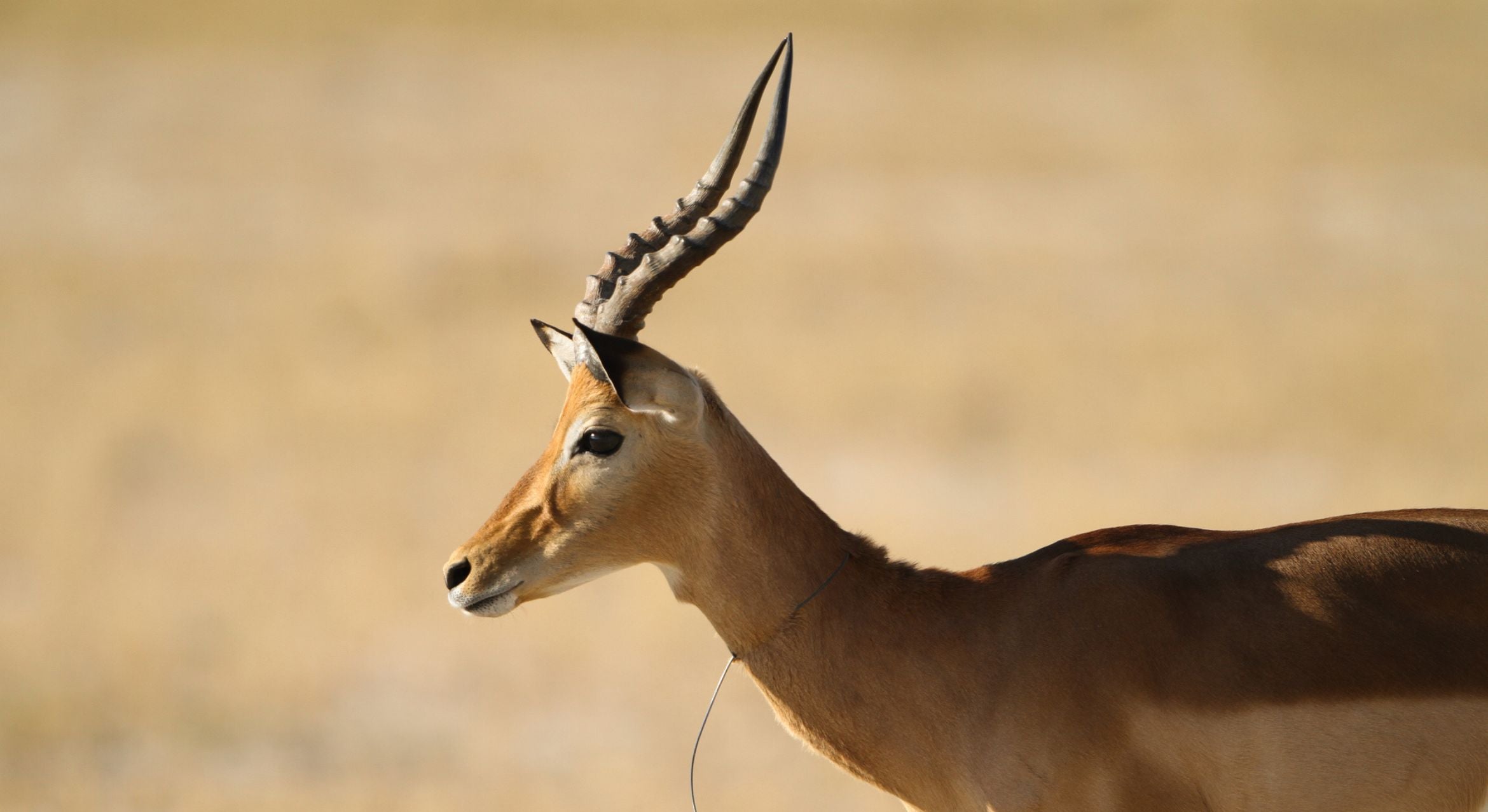
UCSB Research Biologist Combines Art and Science in New Book on Fishes of the Pacific Coast
Longnose Skate, Shortspine Thornyhead, Roughjaw Frogfish, Pacific Spiny Lumpsucker –– these are a but a few of the more than 1,500 species of fish that make their home in the waters along the Pacific Coast, from Alaska to the tip of Baja California. They are also among the 490 included in a new compendium of fish facts and fancy by Milton Love, a research biologist with UC Santa Barbara's Marine Science Institute.
As an encyclopedia of fish, "Certainly More Than You Want to Know About the Fishes of the Pacific Coast –– A Postmodern Experience" (Really Big Press, 2011) is comprehensive. Each entry includes the fish's etymology and colloquial names; vital statistics, such as length, weight, and geographic range; salient characteristics, such as body color and shape; and reproduction and life history. However, with 650 pages of vibrant photographs, still-life reproductions, and cartoons, the book can be more appropriately considered a literary work of art.
"The idea behind it was to create art," Love said. "My definition of art is anything that is created such that the observer or the reader will think a different thought or have a different emotion. So art can be sculpture, a painting, a performance, or, as in this particular case, a book."
In addition to the aforementioned fish facts, the book includes a host of historical and biographical data related to fish, including tributes to naturalist Alexander Collie, ichthyologist William Lockington, artist and naturalist John William Lewin, and many others. It also features fish tales, fun facts, limericks, poems, and quotes from William Shakespeare (a line from "Richard III" highlights the section on Pacific Hagfish, which Love describes as "the most proudly disgusting creatures on Earth"). Also included are excerpts from books, such as J.N. Cobb's 1919 edition of "Canning of Fishery Products," and even a reproduction of an elegiac poem written by the Swedish astronomer Anders Celsius in honor of Peter Artedi, for whom Artedius fenestralis –– commonly known as the Padded Sculpin –– was named.
"I wanted to create a book that works on several levels," Love explained. "Obviously, at its most basic level, the book talks about the fishes of the Pacific coast. But it's written in a way that is conversational –– and humorous. It is accessible not just to a scientist, but to anyone who is fairly literate."
Love, who joined the faculty at UCSB in 1995, is a specialist in the life history and ecology of economically important marine fishes. He has authored more than 100 technical and general articles, as well as several books, including "The Rockfishes of the Northeast Pacific," "Probably More Than You Want to Know About the Fishes of the Pacific Coast," "Fishes: A Field and Laboratory Manual on Their Structure, Identification, and Natural History," and "Readings in Ichthyology."
Currently, Love is involved in research on the role that California oil and gas platforms play as fish habitat. He and his team survey fish populations around most of the 27 platforms off the California coast, most of which are in federal waters, and situated on sea floors in depths ranging from less than 50 feet to roughly 1,200 feet. Love's research over the past 25 years has shown that large fish populations reside around most platforms, and that rockfishes tend to comprise the majority of these. The midwaters of many platforms act as nursery grounds for young fishes, he noted, while the platform bottoms are often home to high densities of larger fishes.
Related Links



